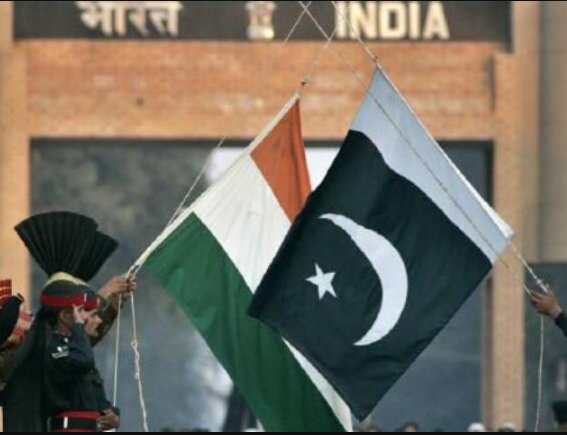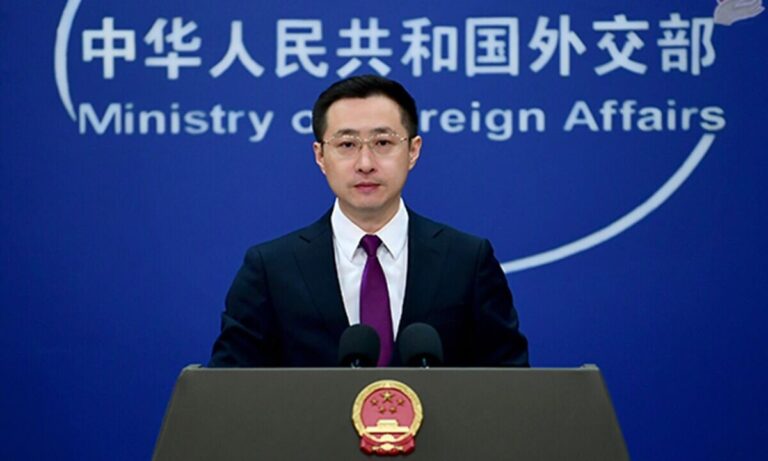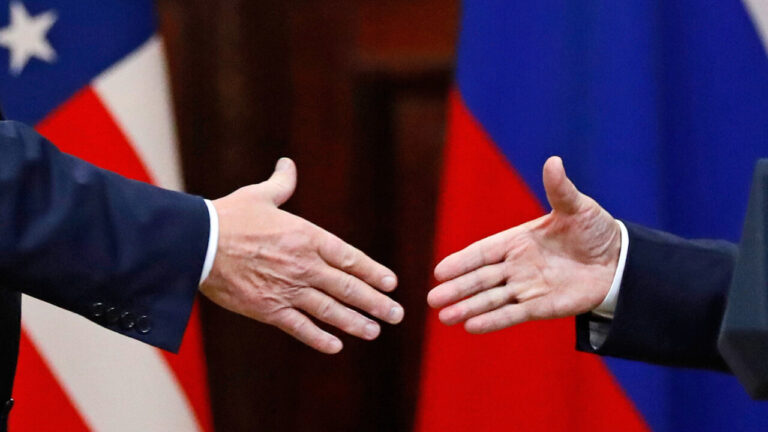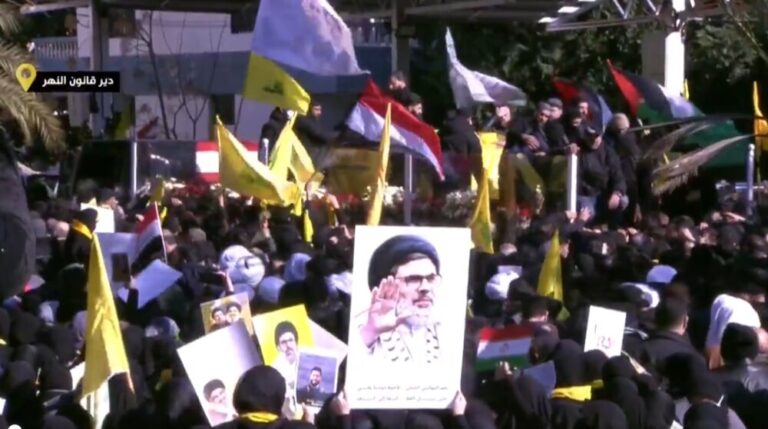Pakistan and India Reach Historic Agreement to Withdraw Troops by May’s End
In a significant development between two neighboring nations, Pakistan and India have reached an agreement to withdraw troop reinforcements that were stationed during their recent military conflict. This decision aims to restore peace and stability in the region, as reported by the South China Morning Post.
The recent conflict resulted in the tragic loss of more than 70 lives over a span of four days. This escalation was triggered by an attack on tourists in Indian-administered Kashmir, which occurred last month. India has accused Pakistan of being involved in this attack, a claim that Pakistan has vehemently denied.
The military confrontation saw intense exchanges of drone strikes, missile launches, aerial combat, and artillery fire between the two nations. However, this cycle of violence came to a sudden halt following a surprising announcement from US President Donald Trump, who called for a ceasefire. Remarkably, this ceasefire has remained effective since its declaration.
Details of the Withdrawal Agreement
According to a senior Pakistani security official, the agreement includes several key points:
- Timely Withdrawal: Troops from both countries will return to their peacetime positions by the end of May.
- Monitoring Mechanisms: Both nations will implement monitoring systems to ensure compliance with the ceasefire agreement.
- Dialogue Resumption: The agreement opens the door for renewed diplomatic talks to address ongoing tensions.
Background of the Conflict
The recent hostilities were ignited by a violent incident that left many casualties and heightened existing tensions between the two countries. The attack on tourists was a critical flashpoint, intensifying accusations and military readiness on both sides.
Prior to the ceasefire, the atmosphere was charged with military posturing, as both nations prepared for potential escalations. The exchanges included:
- Drone Attacks: Both nations utilized drones to target strategic locations.
- Missile Strikes: There were significant missile exchanges that raised alarms internationally.
- Aerial Combat: Aircraft from both sides engaged in skirmishes over contested airspace.
- Artillery Fire: Ground forces exchanged artillery fire along the border.
International Response
The international community has closely monitored the developments, with many countries expressing concern over the escalating violence and its potential implications for regional stability. The US’s role in mediating the ceasefire has been particularly noted, as it reflects a strategic interest in maintaining peace in South Asia.
Following the announcement of the ceasefire, numerous calls for dialogue have emerged from various quarters, emphasizing the need for both nations to engage in constructive discussions aimed at resolving long-standing issues.
Future Outlook
The withdrawal of troops and the ongoing ceasefire offer a glimmer of hope for peace in the region. However, analysts warn that the underlying issues still need to be addressed to prevent future conflicts. The resolution of disputes related to Kashmir remains a crucial factor in fostering lasting peace between Pakistan and India.
In conclusion, while the recent troop withdrawal and ceasefire represent a positive step towards de-escalation, both nations must prioritize dialogue and cooperation to build a more peaceful future. The world watches closely as Pakistan and India navigate this delicate path towards reconciliation.






